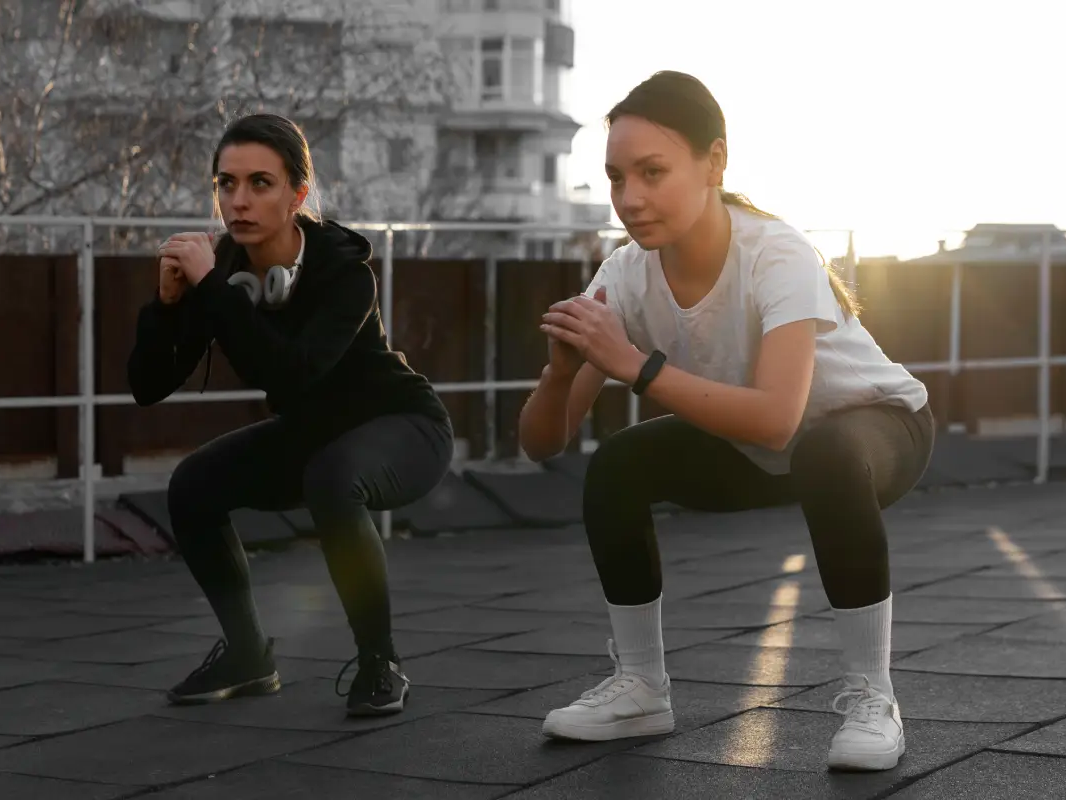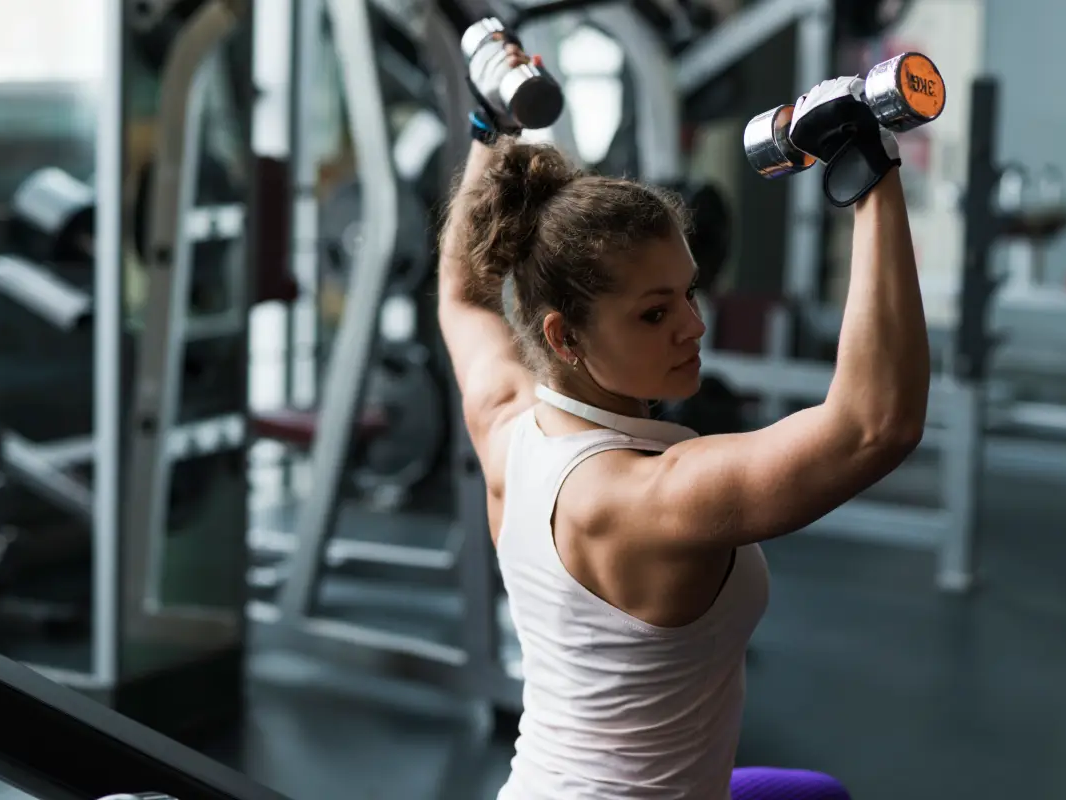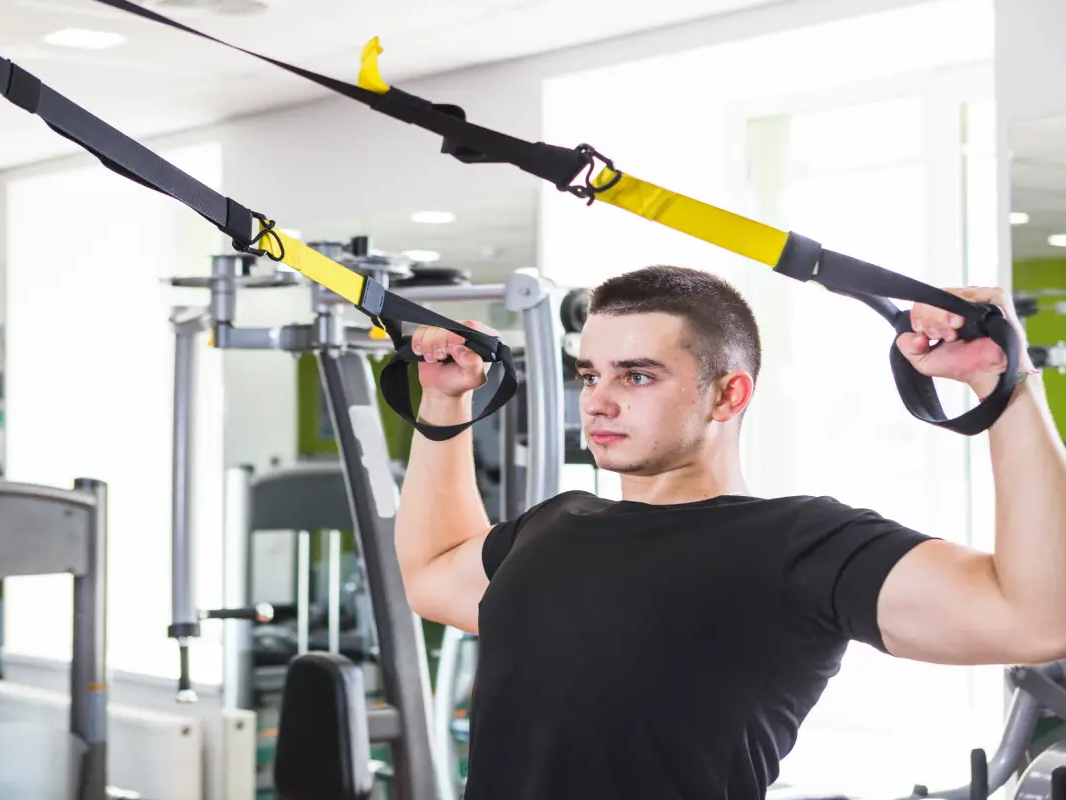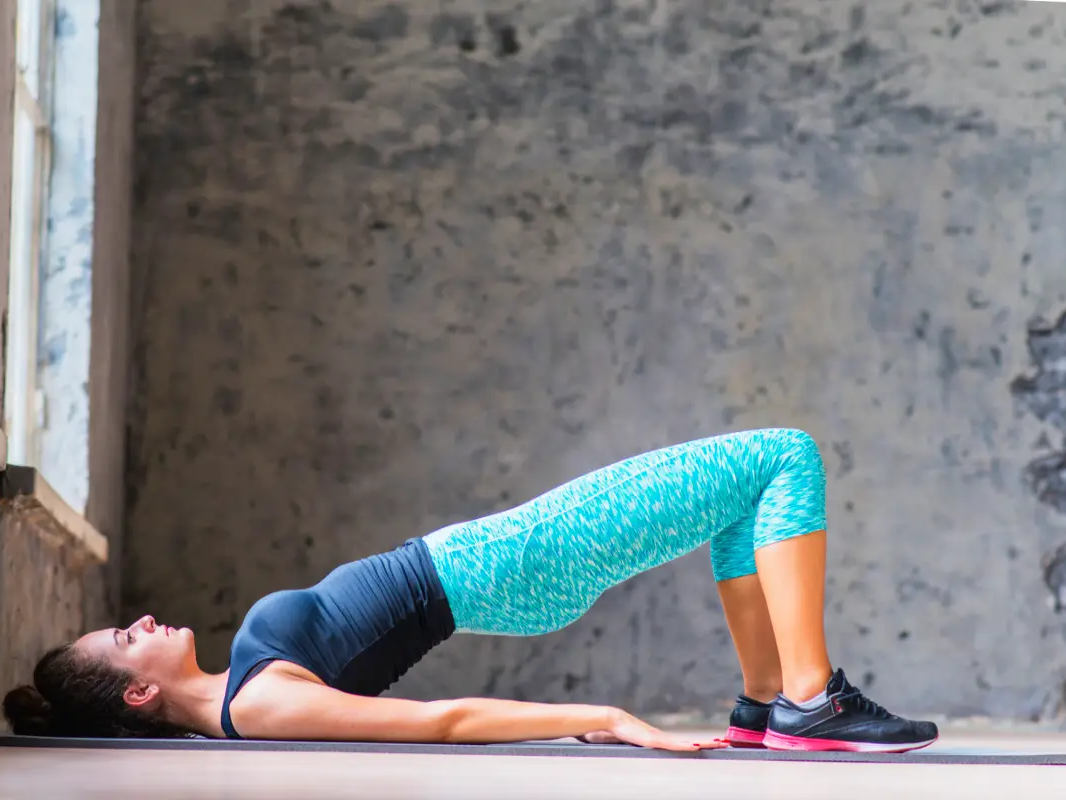Push-ups are one of the most effective bodyweight exercises for building upper-body strength, core stability, and muscular endurance. This simple yet versatile movement targets multiple muscle groups, making it a fundamental component of strength training programs. Mastering push-up technique and incorporating variations can enhance muscle activation, prevent plateaus, and reduce injury risks.
Table of Contents
ToggleBenefits of Push-Ups
Push-ups offer several advantages for total-body conditioning:
- Strengthens the upper body – Works the chest, shoulders, triceps, and upper back.
- Engages the core – Activates the abdominals, obliques, and lower back for stability.
- Improves muscular endurance – Increases stamina over time.
- Enhances functional strength – Mimics real-life pushing movements.
- Requires no equipment – Can be performed anywhere.
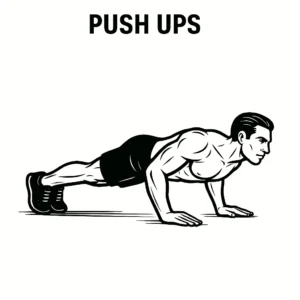
Proper Push-Up Form
Maintaining correct form ensures optimal muscle engagement and reduces the risk of injury. Follow these steps for a standard push-up:
- Starting Position
- Place hands slightly wider than shoulder-width apart on the floor.
- Extend legs straight behind with feet together or slightly apart.
- Engage the core and keep the body in a straight line from head to heels.
- Lowering Phase
- Bend elbows and lower the chest toward the ground.
- Keep elbows at a 45-degree angle from the body.
- Maintain a neutral spine and avoid sagging the hips.
- Pushing Phase
- Press through the palms and extend the arms.
- Return to the starting position while maintaining body alignment.
Common Mistakes to Avoid
- Arching or sagging the back – Maintain a tight core.
- Flaring the elbows out too wide – Keep them at a 45-degree angle.
- Not going low enough – Lower until the chest is close to the ground.
Push-Up Variations for Total-Body Strength
Adding push-up variations targets different muscle groups and intensifies workouts.
Beginner Push-Up Variations
These modifications help build foundational strength:
- Knee Push-Ups – Reduces resistance by keeping knees on the ground.
- Incline Push-Ups – Performed with hands elevated on a bench or wall.
- Eccentric Push-Ups – Focuses on a slow lowering phase to build control.
Intermediate Push-Up Variations
These variations increase muscle activation and core engagement:
- Wide-Grip Push-Ups – Places more emphasis on the chest and shoulders.
- Diamond Push-Ups – Targets the triceps and inner chest.
- Archer Push-Ups – Strengthens each arm individually by shifting weight side to side.
Advanced Push-Up Variations
These challenging push-ups require greater strength, balance, and coordination:
- Plyometric Push-Ups – Incorporates explosive movement, such as clapping between reps.
- One-Arm Push-Ups – Demands high core and upper-body strength.
- Spiderman Push-Ups – Engages the obliques by bringing one knee toward the elbow.
Muscles Worked During Push-Ups
Push-ups engage multiple muscle groups, making them a compound exercise:
- Chest (Pectorals) – Primary movers during the push-up motion.
- Shoulders (Deltoids) – Assists in pushing movements.
- Triceps – Responsible for arm extension.
- Core Muscles – Maintains stability and prevents lower back strain.
- Legs (Quadriceps and Glutes) – Engaged for balance and posture.
Programming Push-Ups Into a Workout Routine
Push-ups can be included in strength training, HIIT, or bodyweight circuits. Suggested programming:
- Beginners – 3 sets of 10–15 reps.
- Intermediate – 3–4 sets of 15–20 reps.
- Advanced – 4–5 sets of 20+ reps or weighted push-ups.
Perform push-ups 2–4 times per week based on fitness level and goals.
Conclusion
Push-ups build upper-body and core strength, improve endurance, and enhance functional fitness. Mastering proper technique and incorporating variations helps target different muscles and increase difficulty over time. Whether part of a strength program or a standalone workout, push-ups remain one of the most effective exercises for total-body strength.
Last Updated on October 24, 2025
Written By
At Ironclad Fitness, we cut through the noise with expert-backed, no-nonsense advice on training, nutrition, and gear. Our team stays ahead with research, real-world experience, and insights from industry professionals. We prioritize accuracy, transparency, and actionable guidance to help you get stronger every day.
Join thousands of readers leveling up their fitness.
Skip the guesswork—get insights on training, health, and the right gear to support your progress.
You may also like
How to Do the Sumo Squat to Strengthen Inner Thighs
The sumo squat is a variation of the traditional squat that places greater…
5 Best Hamstring Stretches For Tight Leg Muscles
Tight hamstrings limit mobility and increase the risk of injury. Hamstring…
6 Best Arm Workouts for Beginners
Arm workouts are essential for building strength, improving muscle tone, and…
How To Do Face Pulls (And Actually Feel Them)
Face pulls strengthen the rear delts, traps, and rotator cuff muscles. They…
What are Glute Muscles & How to Make Them Stronger
The glute muscles are essential for stability, movement, and strength. They…
How to Do a Hack Squat Safely and Effectively
The hack squat builds leg strength, muscle mass, and stability. It targets the…
